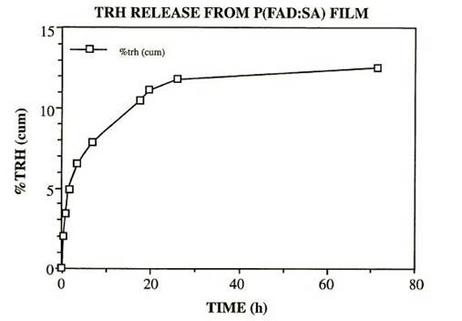Novel Pharmocotherapeutic Process and Composition for Central Nervous System Disorders
TECH FIELD(S)Medical-Therapeutic
FEATURES
An effective method of delivering neuroactive peptides to the brain and spinal cord that overcomes problems of poor absorption, rapid metabolism, poor blood brain barrier (BBB) penetration, and negative side effects has been pursued by scientists for over two decades. Researchers at Indiana University School of Medicine have developed novel methods and compositions for providing prolonged release of therapeutic agents by way of in situ stereotaxic implantation in specific loci, including pathways, to treat known disorders. This is accomplished by the creation of one or more microstructures, comprising therapeutic agents and pharmaceutically acceptable carriers, and implanting them to a specific locus, for example, through a cannula. This novel pharmacotherapeutic process effectively protects, delivers and provides sustained controllable release of small neuropeptides and/or analogs singly, or in combination via in situ application of polymeric-neuropeptide constructs to clinically relevant central nervous system (CNS) loci and/or pathways in order to treat or perhaps prevent known neurological disorders. This is accomplished through specific receptor modulation by a novel mechanism of action. This technology is closely related to Tech ID# 0146, a novel system to intranasally deliver neuropeptides to specific CNS loci for the treatment or prevention of known neurological disorders.
BENEFITS
* Has been shown to prevent neuroepileptogenesis
* Time released delivery of therapeutic agents
Fig 1: The rate of TRH release from P(FAD:SA) film.
Attached files:

Patents:
US 6,303,134
Inventor(s): Michael J. Kubek, Ph.D.
Type of Offer: Licensing
« More Medical Patents
